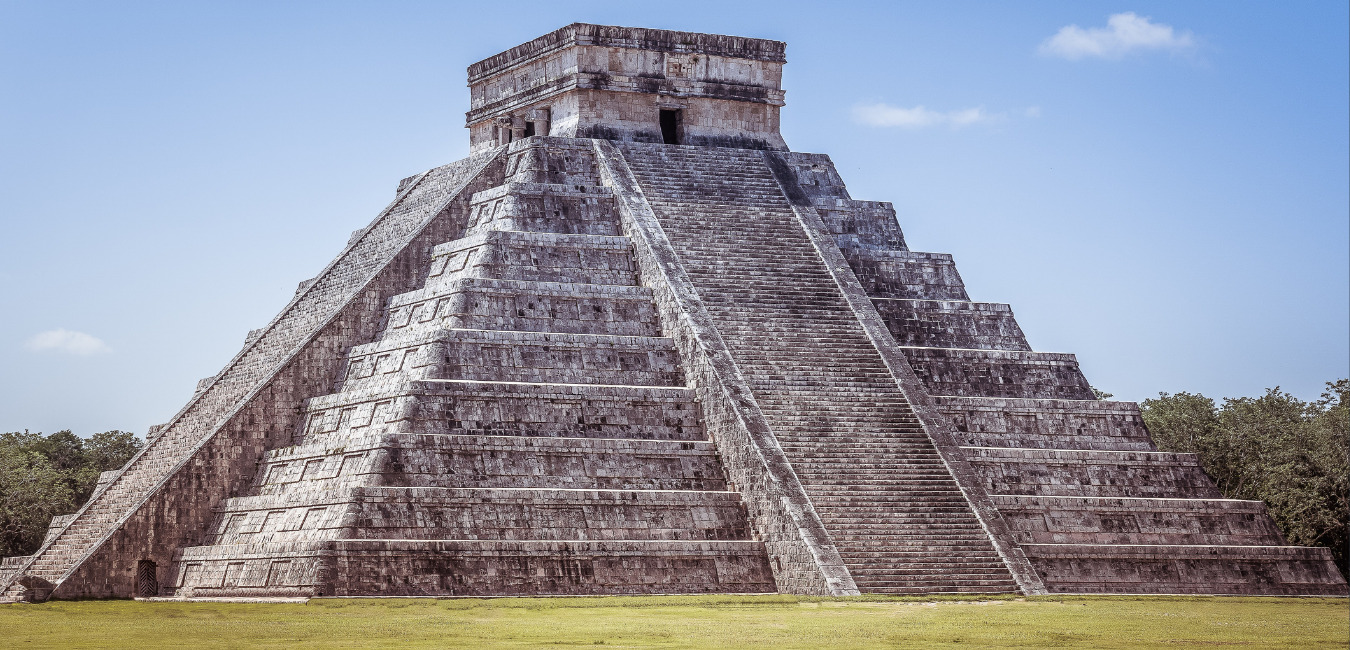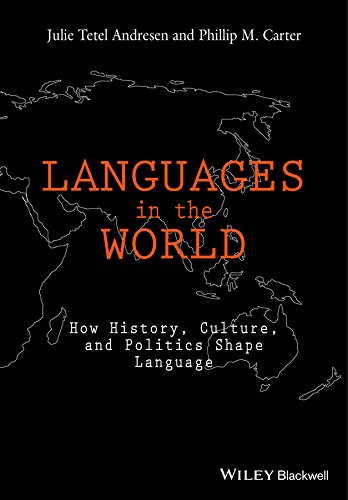Gold in the Mayan Highlands
For thousands of years the K’iche’ people, Mayan speakers, have revered the golden kernels belonging to a plant known as maize. Their sacred stories tell of the first humans who were fashioned from the bread made from these kernels and who were given the gift of language.
More recently a new and very different kind of gold is present in the highlands. It is the multinational Goldcorp, Inc., which is based in Canada and operates mines throughout North and South America. Goldcorp is publically traded on the New York Stock Exchange. It has been given a license by the Guatemalan government to mine gold, sliver, nickel, and other minerals from twenty-three square kilometers of K’iche’ land.
A twenty-hour drive northwest from Guatemala City through the Mayan regions of the lush Western Highlands leads to a town named Sipacapa. Most of the drive is on unpaved roads, winding through tropical vegetation – bananas, coffee, and cacao at lower altitudes, and the golden maize at the foggy higher altitudes. For the Sipacapa – who speak the K’iche’ language called Sipakapense – the land is sacred, and they are fighting to protect it.
Mayan communities in Guatemala have long protested mining on their land. In December, 2013, with the help of local campesinos (farmers), the Sipacapa set up two blockades on the Pan-American Highway, a vital thoroughfare connecting Guatemala with Mexico and the rest of the Americas. These blockades were specifically to stop Goldcorp, Inc.
At the same time the Sipacapa fight to save their homeland from exploitation, they also fight to save their language from extinction. The two struggles are not unrelated. Sipakapense, like other K’iche’ languages – Achi, Kaqchikel, and Tz’utujil among them – is intimately intertwined with the local ecosystem, with the hills, the dense fog that caps them, and the golden maize from which humankind was given life. Even the name of the language – K’iche’ (‘many trees’ < k’i ‘many,’ che’ ‘tree’) – reflects this fact.
Like most Mayan languages in Guatemala and Mexico, Sipakapense is endangered. Knowing what to do about it, however, is no easier than knowing how to stop a multinational mining corporation with a federal mining license.
The forces of globalization are changing the distribution of languages across the world, with important languages of business, such as English, encroaching on local languages. At the same time, language revitalization efforts are springing up all over the world. In the US alone, Hawaiian in Hawaii and Cherokee in western North Carolina are undergoing vigorous attempts at revival. A particularly interesting revitalization effort is at hand in Wisconsin.

Photo Source: Tulalip News (http://goo.gl/vQdfza)
The Algonquian language family once stretched continuously from present-day North Carolina north through central Canada and west to present-day Montana. Its languages – Cree, Massachusset, Menonimi, and many others – were as distinctive from one another as the cultural groups who spoke them.
Many of the languages were lost to the effects of European colonialism, but many others have managed to survive, if tenuously. One of the surviving languages is Ojibwe, which is still spoken by about 55,000 people as a series of mostly mutually-intelligible dialects throughout the Ojibwe homeland, the Great Lakes region of Canada and the United States.
Like most all Native American languages, Ojibwe is considered extremely endangered. The number of speakers is considered relatively high for a Native American language, but they are spread out across a great swath of territory, from the Dakotas, northern Michigan, Wisconsin, and Minnesota in the United States, to as far east as Quebec in Canada.
As the language has dwindled in number in the United States, efforts to revitalize it have become a top priority in many communities. On the Leech Lake Reservation in Minnesota, the Niigaane Ojibwemowin Immersion School opened its doors to Ojibwe children for the first time in 2003. From kindergarten to the sixth grade, children receive Ojibwe-language instruction in all curricular areas. The goal is to produce the next generation of Ojibwe speakers in the community. Similar efforts are being made in Ojibwe communities throughout the Great Lakes region.
We, the authors, are cautiously optimistic that endangered local languages can be revived. Language is not a zero sum game. Giving to one language – Ojibwe, Hawaiian, or Cherokee – does not take away from another language, say, English. We pledge the royalties from our book to the Endangered Language Fund.
Adapted from Chapter Twelve, The Imagined Future: Globalization and the Fate of Endangered Languages, in Languages in the World. How History, Culture, and Politics Shape Language (affiliate) by Julie Tetel Andresen and Phillip Carter, September 2015, Wiley-Blackwell.
See also: Languages in the World Blogs
Categorised in: Adventure, East Asia
This post was written by Julie Tetel Andresen
You may also like these stories:
- google+
- comment




